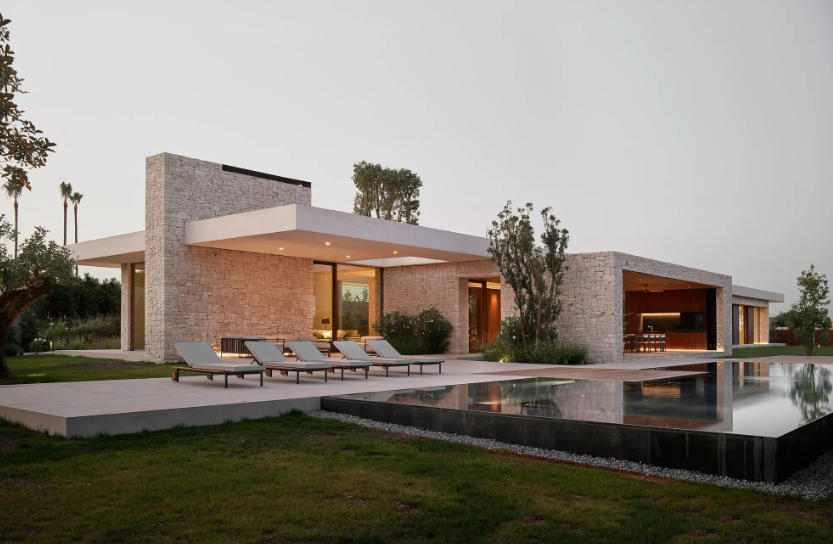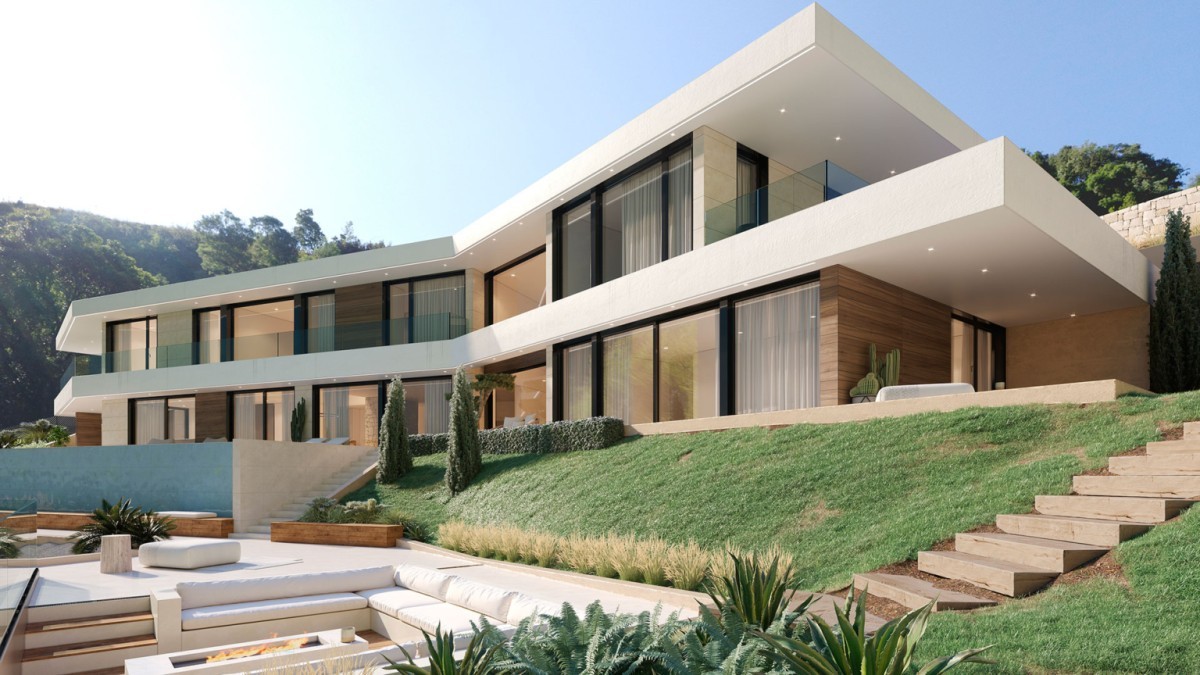
Over the last few years, the construction landscape in Spain has changed considerably. Modular and prefab homes, a long-standing trend in countries such as the United States, have burst onto the scene, as many advantages are attributed to them. But are they really superior to those built in the traditional way? So, when it comes to prefab vs traditional construction, which is better?
Which takes less time to build, a prefabricated house or a normal one?
One of the most annoying factors blamed on traditional construction is the time it takes to build a house from scratch. Typically, a traditionally built house takes about 10 to 12 months to complete, although it can take much longer.
In contrast, there are prefabricated house companies that build and complete their houses in three to four months, seven months at the most. As they are built in factories and in modules, the construction process is considerably shortened, as setbacks that can cause delays, such as adverse weather, are avoided.
Prefabricated house vs. traditional house: which is cheaper?
In Spain, it is often assumed that the price of a prefabricated house is lower than that of a traditionally built house, but this is not necessarily the case. The price of a house, regardless of how it is built, depends on many factors:
- Land
- Finishes
- Size
- Materials
- Energy efficiency
- Installations
- Design
- Architect
All this has a considerable influence on the final cost of a project, meaning a smaller prefabricated house could still turn out to be more expensive than a normal one, or vice versa.
On the websites of modular housing companies in Spain and in Europe, it is common to see very competitive prices, perhaps better than traditional houses. However, you have to look at what is included in the price. Some do not cover transport, foundations or other issues necessary to be able to actually live in the house. On the other hand, others have turnkey packages that cover almost everything related to construction, but not everything. For this reason, the price ranges from an initial figure.
Another example to illustrate this issue is that if what you buy is a modular house from a catalogue, without customisation, it is possibly cheaper than a traditional one. If you have to add a lot of extras, the price can go up enormously.
How much does it cost to build a house in Spain? When using traditional methods, the average price per m2 to build a house in Spain is between 1,200 and 1,500 euros, but you would have to add the costs of technicians, licenses, taxes, etc., so it could amount to 1,800 or 2,000 euros. According to data from Cronoshare, the cost of a prefabricated house in Spain is between 700 and 1,800 euros/m2, not including other expenses. In other words, the overall price is similar.

Ability to relocate
One of the advantages of prefabricated houses in Spain is that some of them are mobile, meaning they can be relocated. This is impossible in traditional construction. However, it should be noted that those that are usually mobile have less complex designs and are smaller in size than the fixed ones, so they may not be for everyone.
Customisation of a traditional house compared to a prefab one
A new house that is built from scratch can basically have whatever features you want, as long as they are feasible, and that you have the necessary capital, as well as the fact that the architect must agree and the regulations need to be adhered to. The greater the complexity, surface area, quality of finishes and extras, the more expensive the house will be.
In the case of a prefabricated house, things are not so clear. Yes, it is true that a huge degree of personalisation is allowed (finishes, efficiency installations, colour, number of rooms, etc.), but to a certain extent. Many companies have pre-established models and deviating from them, if possible, leads to an increase in expenditure and a longer execution time. There is no absolute truth either, it depends a lot on the company that manufactures the house. There are those that make customised houses or that allow the colour and finishes to be changed.
Expansion capacity
All dwellings, whether modular or normal, can be extended if the structure, the law and the plot allow it. The first floor of a ten-storey building, no matter how much you want to, cannot be extended. A house in the countryside whose plot has not reached the maximum construction area and does not reach the maximum occupancy, respects the setbacks, etc., can be extended.
However, many prefabricated houses are designed to be expandable, as they allow you to add modules and relocate others in order to add extra space with little difficulty. In contrast, in a traditional house, the work would be more complex and time-consuming.
How strong is a prefabricated house?
If a prefabricated house is properly built and maintained, it can last for 50 to 70 years, which is the same as a house built in the traditional way.
Prefabricated or traditional: which is more efficient?
Sustainability and energy efficiency is one of the key issues that is receiving the most attention in construction in Spain, even more so given current energy prices. Both prefabricated and traditional houses can be as sustainable and efficient as they want to be, even self-sufficient. This depends on the materials used, such as concrete, wood etc, and the equipment they have: solar panels, aerothermics, wind turbines, rainwater collectors, etc. Regardless of their construction model, both can reach the highest standards of efficiency.